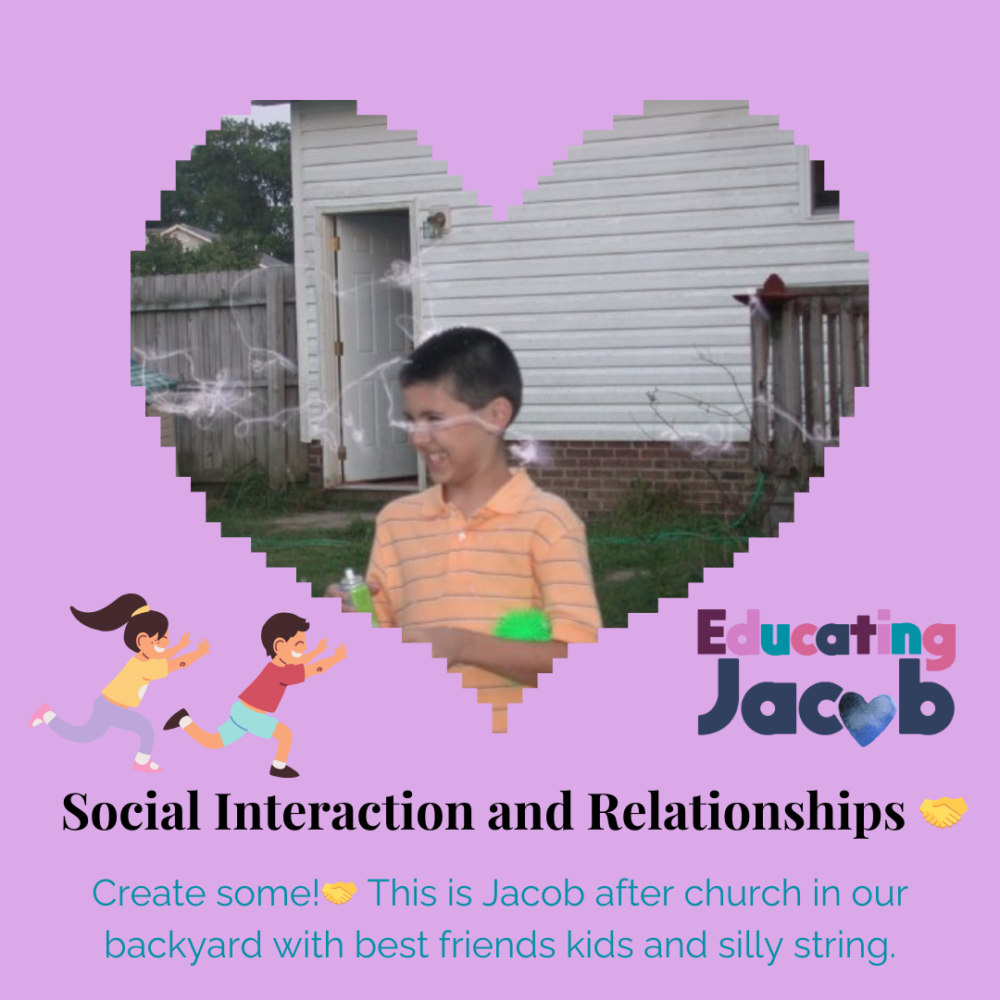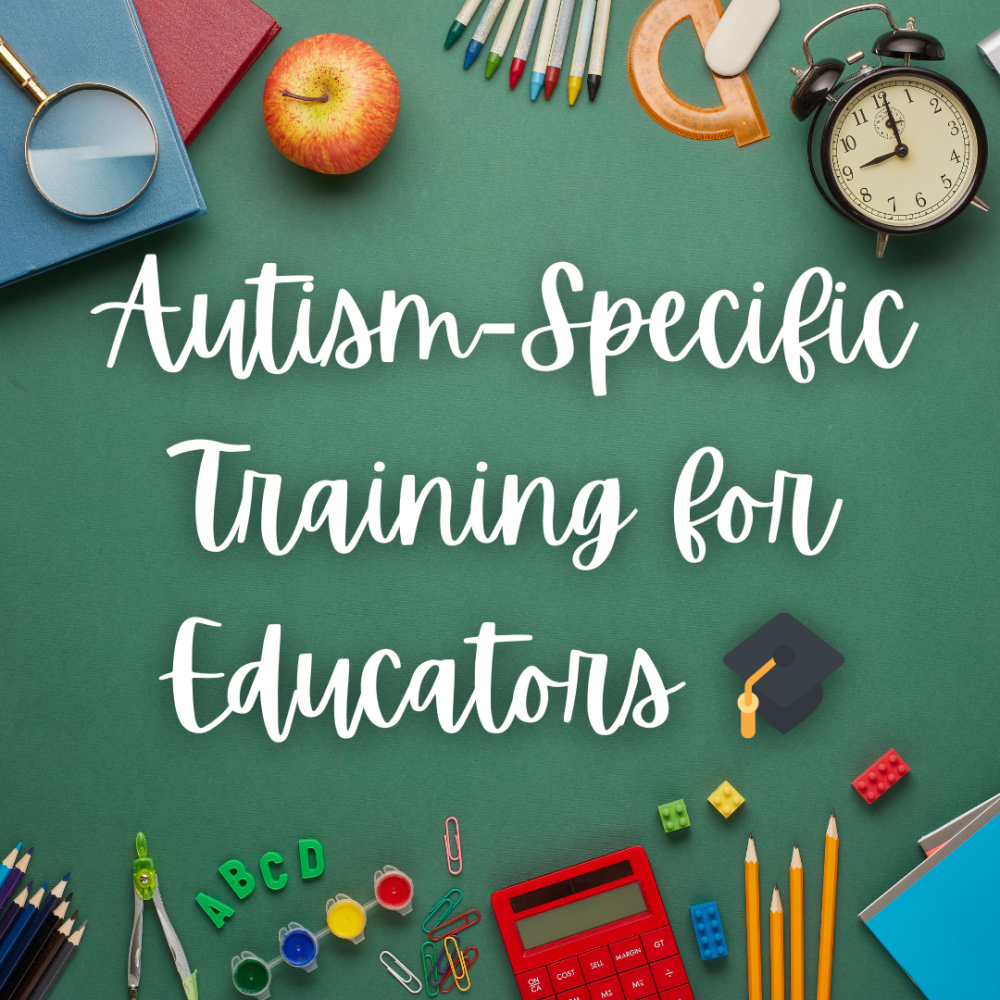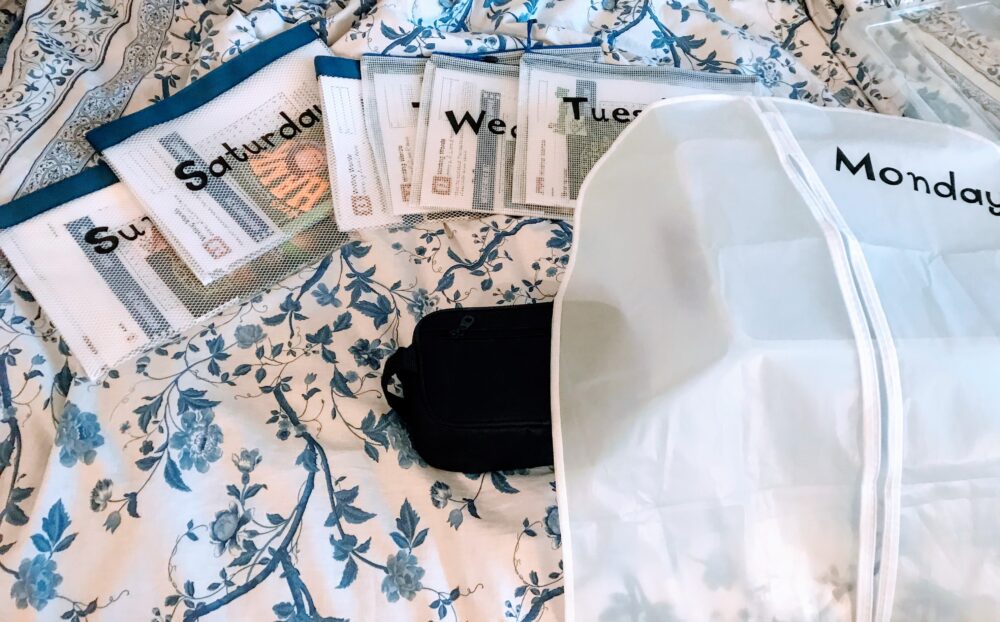Autism Awareness happened in April? Jacob’s Autism Education and schedule.
Autism Awareness Happened in April?

In a world where understanding and acceptance are vital, autism awareness isn’t just for April. Autism, a complex neurological condition, affects millions of individuals globally. Education empowers individuals with autism to develop their full potential by providing them with the necessary tools and skills to navigate the world. Parents do not have to have a specialized degree to help their child succeed! 🌟
By embracing autism awareness and autism education, we create an inclusive society that celebrates diversity and fosters empathy. It enables educators, parents, and communities to provide appropriate support and intervention, enhancing the quality of life for individuals with autism.🧩
Autism Spectrum Disorder (ASD) 📚
Autism spectrum disorder (ASD) is a complex neurological condition affecting communication, interaction, and information processing. The spectrum means symptoms can vary widely among individuals. Some may have significant communication challenges, while others excel in specific areas like math or music.
Jacob, my son, has faced significant challenges with communication and social interactions due to his autism. However, through tailored educational strategies, he’s made incredible progress in expressing himself and engaging with others.
Sensory Processing Differences 🌈
One of the key features of autism is the way individuals process sensory information. Many individuals with autism are either hyper-sensitive or hypo-sensitive to certain stimuli, such as sounds, textures, or lights. This can lead to sensory overload, which can be overwhelming and distressing. Understanding the sensory processing differences experienced by individuals with autism is crucial in providing them with the support and accommodations they need to thrive.Help! 3 Ways a schedule can help sensory issues and communication barriers? #Autism Challenges🧩
Social Interaction and Relationships 🤝

Another important aspect of autism is the way individuals on the spectrum approach social interactions and relationships. Jacob, for example, struggles with understanding social cues, reading facial expressions, and engaging in back-and-forth conversations. This leads to challenges in forming and maintaining friendships and relationships. However, it’s important to recognize that individuals with autism have a unique perspective on the world and can often offer valuable insights and contributions to their communities.
Common Misconceptions About Autism ❌
One of the most common misconceptions about autism is that it is a mental illness or a sign of intellectual disability. In reality, autism is a neurological condition that affects how an individual processes information and interacts with the world. Many individuals with autism have average or above-average intelligence, and their unique way of thinking can be a valuable asset.
The Impact of Education on Autism Awareness 🎓
Education plays a crucial role in unlocking the potential of individuals with autism. Accurate information and resources can dispel myths, combat stigma, and empower those with autism to reach their full potential. Educators, parents, and community members can better support individuals with autism by understanding their unique sensory needs, communication styles, and social challenges. The best schoolwork jobs and schedules for students at home in 2023!
As a teacher who has a son on the autism spectrum, this would rally support to others in school who had difficulties. My students would come and tell me how they helped a student or informed another teacher of a student who was struggling because of their autism. They would then offer help or explain what they thought was wrong and how the teacher could help. It was amazing!
For Jacob, education has been transformative. His visual schedules and structured routines have helped him understand his daily activities, reducing anxiety and improving his ability to transition between tasks.
Promoting Autism Awareness in Schools 🏫
Schools play a critical role in promoting autism awareness and creating inclusive environments for students with autism. By integrating autism education into the curriculum, schools can empower students to understand and appreciate the diversity of human experiences, including those of individuals with autism.
Autism-Specific Training for Educators 🎓

One effective way to promote autism awareness in schools is through the implementation of autism-specific training and professional development programs for educators. These programs can equip teachers with the knowledge and strategies they need to create inclusive classrooms that cater to the unique needs of students with autism. This includes learning about effective teaching methods, such as visual supports, structured schedules, and sensory-friendly environments, as well as strategies for fostering social-emotional learning and positive behavior support. Check out this post: 👉 https://www.healthline.com/health/visual-schedule-autism
Student-Led Initiatives and Awareness Campaigns 🎉
In addition to educator training, schools can also promote autism awareness through student-led initiatives and awareness campaigns. This can include hosting autism awareness events, creating inclusive clubs or extracurricular activities, and encouraging students to engage in peer-to-peer mentoring and support programs. By involving students in these initiatives, schools can cultivate a culture of empathy, understanding, and acceptance, where all students feel valued and supported.
Strategies for Creating an Inclusive Classroom Environment 🌟
- Visual Support: Implementing visual aids such as schedules and task lists can help students with autism understand and navigate their day. Jacob thrives with visual schedules that outline his daily tasks, making him feel more secure and in control.
- Sensory-Friendly Accommodations: Providing tools like noise-cancelling headphones or quiet spaces can help manage sensory input. Jacob uses noise-cancelling headphones to cope with overwhelming environments.
- Social-Emotional Learning: Teaching social skills and fostering peer support encourages empathy and understanding among students. Jacob has benefited from social stories that help him understand and practice social interactions.
The Role of Parents in Supporting Autism Education 👪
Parents play a vital role in supporting the education and development of their children with autism. Parents can work closely with educators and administrators to ensure their child’s educational experience is tailored to their unique strengths and challenges.
One key responsibility of parents is to provide educators with comprehensive information about their child’s autism, including their communication style, sensory needs, and learning preferences. This information can help educators develop effective strategies and accommodations to support the student’s academic and social-emotional growth. Parents can also work with educators to create individualized education plans (IEPs) or 504 plans that outline the specific supports and services their child requires.
Parents play a vital role in supporting their children’s education and development. Providing educators information about their child’s autism, such as communication style and sensory needs. This can help tailor effective strategies and accommodations. Collaboration between parents and educators creates a supportive environment that fosters growth and independence for children with autism.
Jacob thrives daily using simple schedules that help him understand his day and our expectations. The schedules are a way to communicate and live independently for Jacob. He is able to have a day where he accomplishes work, chores, and interactions with his family and the community. What if you have a plan for your child with autism? A Great Life.
Resources for Autism Education and Awareness 📚
There are resources available to support autism education and awareness, both for educators and the general public. These resources can provide valuable information, strategies, and tools to help create inclusive and supportive environments for individuals with autism. https://www.autismspeaks.org/
Autism Society of America, a resource that offers educational materials, and support services for individuals with autism and their families. The organization’s website, https://www.autism-society.org, provides resources on topics such as early intervention, education, employment, and community engagement.
Additionally, another resource is the National Autism Center, focuses on evidence-based practices for supporting individuals with autism. The center’s website,


